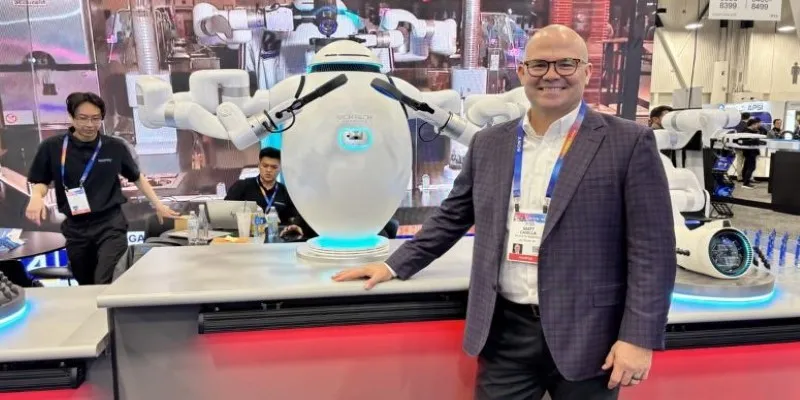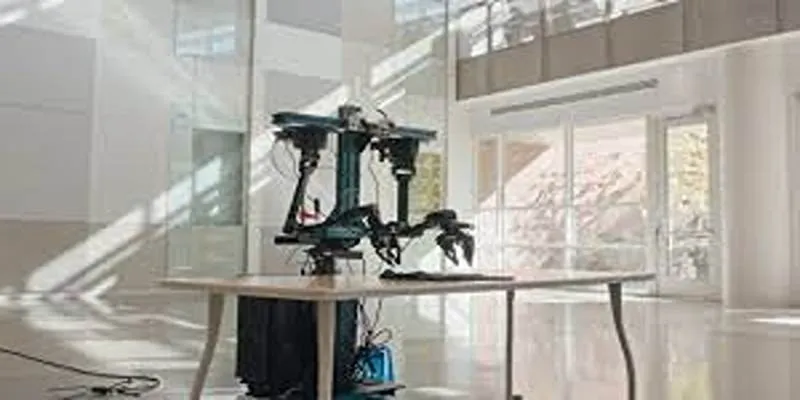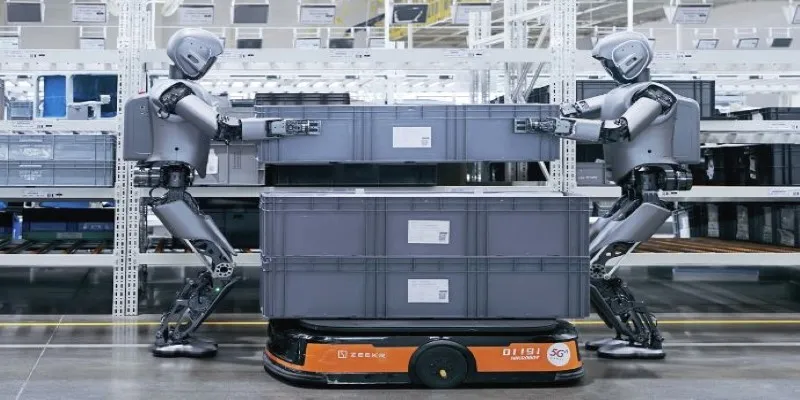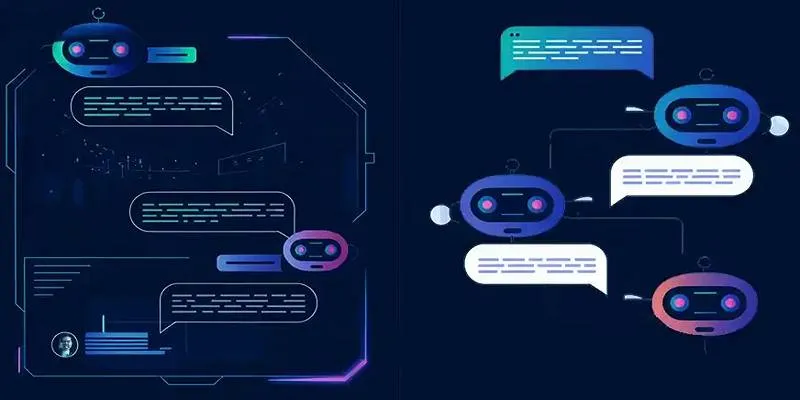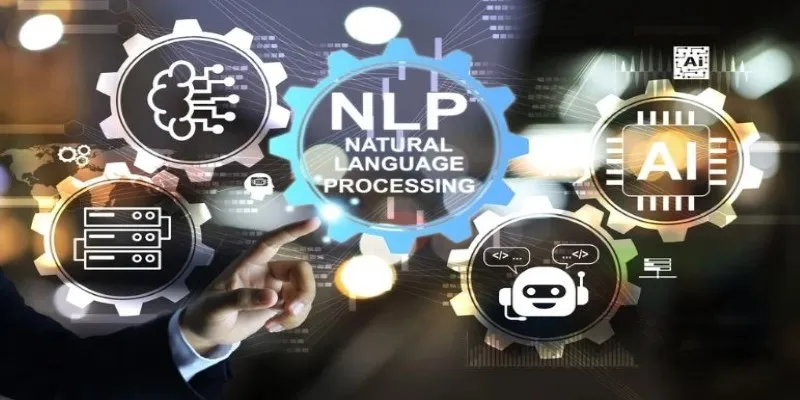The sight of humanoid robots working alongside humans has transitioned from science fiction to reality. A Chinese automaker is now in the limelight for integrating a humanoid robot into its vehicle assembly line, illustrating how automation and human creativity can harmoniously coexist. This robot is designed to manage repetitive and precision-demanding tasks, enabling human workers to focus on inspections, decision-making, and creativity. This development marks a shift in factory evolution, merging mechanical efficiency with human oversight, offering a glimpse into the future of car manufacturing.
Integrating Humanoid Robots in Car Manufacturing
The Chinese automaker has broken away from the conventional robotic arm setups by introducing a humanoid robot that mimics human movements. With its two legs and two hands, it seamlessly shares workspace with human workers, moving between stations and adapting to the assembly line’s flow without being confined to one spot. This mobility grants it a significant advantage over traditional machines that are fixed in place, limited to specific tasks or positions.
On the factory floor, the humanoid robot tackles the most repetitive and exhausting tasks—tightening bolts, routing wires, and assembling small components. These duties require precision over extended periods, which can fatigue even the most seasoned workers. By handling these tasks, the robot allows people to concentrate on more critical areas, such as quality checks and problem-solving. When production shifts to new models or processes, the robot can be quickly reassigned, unlike fixed machinery that often requires time-consuming reconfiguration.
Supervisors have already observed considerable changes. Production lines move faster, error rates are decreasing, and employees report feeling less strain. Rather than replacing humans, the humanoid robot complements where machines excel, leaving skilled workers to manage tasks that require thought and flexibility.
The Technology Behind the Humanoid Robot
The humanoid robot used by the Chinese automaker is an advanced fusion of sensors, motors, and intelligent software. Cameras and depth sensors enable it to identify parts, recognize positions, and avoid collisions with workers and equipment. Its hands can manipulate tools and parts with remarkable dexterity, thanks to mechanical fingers and wrists designed to mimic human motion.

A standout feature is its ability to learn and adapt. Through machine learning, the robot enhances its performance over time, analyzing its actions and making improvements. If a new model appears with slightly different dimensions or fastener locations, the robot can automatically adjust its programming, saving hours or even days of downtime.
Efficiency is a key design element. It operates on an energy-saving motor system that allows it to function throughout a shift on a single charge, using significantly less electricity than older robotic setups. The robot is also compact, occupying minimal floor space compared to larger, fixed-arm machines that require dedicated zones.
Its human-like form allows it to access areas of a car body that traditional robots might not reach without extensive retooling. For instance, it can crouch to work inside the cabin or stretch to access overhead components. These capabilities make it much more versatile than standard equipment still prevalent in most factories.
Impact on the Workforce and Industry
The introduction of a humanoid robot has sparked questions about its impact on employment. The Chinese automaker has emphasized that the robot is not intended to replace the workforce but to support it. Workers remain essential for oversight, maintenance, and tasks requiring judgment or creative solutions.
For the workforce, the robot’s presence has ushered in noticeable changes. Physically demanding tasks, such as repetitive fastening or heavy lifting, are now managed by the machine, reducing injuries and fatigue. Many employees have been retrained to oversee the robot, manage its maintenance, and troubleshoot when it encounters unfamiliar conditions. This has opened new skill development opportunities and facilitated many workers’ transition into more technical or supervisory roles.
In the broader automotive industry, this experiment is under close scrutiny. Manufacturers globally are examining the effectiveness of humanoid robots at scale and their cost-effectiveness compared to conventional automation. There is growing interest in robots that can adapt quickly to changing models and production requirements without extensive downtime or reconfiguration.
This initiative signals the dawn of a more balanced automation approach, where machines handle repetitive, precision work while humans focus on creativity, strategy, and quality control. The outcomes at this plant might well influence the strategic direction other automakers take in their factories.
The Future of Humanoid Robots in Manufacturing
The introduction of a humanoid robot in a car plant is merely the beginning of what could become a broader transformation in factory operations. As technology advances, these robots could undertake more complex assembly tasks, work alongside more human workers, and even communicate directly with other machines to coordinate production.

Engineers are already focusing on enhancing their balance, speed, and strength, which would enable them to handle larger components and move faster along the line. More advanced AI could empower them to spot defects or adjust processes on the fly without requiring human intervention. Over time, this could make production more efficient and less prone to errors.
While the cost of building and maintaining humanoid robots remains high compared to traditional machines, experts predict that prices will decrease as the technology becomes more widespread. This could also make it more accessible to smaller manufacturers, not just large automakers.
What remains evident is that humanoid robots are demonstrating significant potential in bridging the gap between human flexibility and machine reliability. Their role is likely to expand, transforming not only factory operations but also the interaction between workers and machines.
Conclusion
The Chinese automaker’s humanoid robot signifies a smarter approach to automation, collaborating with humans to manage repetitive and strenuous tasks while leaving complex decisions to people. Its learning and adaptability make it ideal for human-focused workplaces, blending efficiency with flexibility. As technology improves and costs decrease, humanoid robots could become standard in factories worldwide, benefiting both companies and workers while promoting a more balanced and collaborative manufacturing environment.
 zfn9
zfn9




